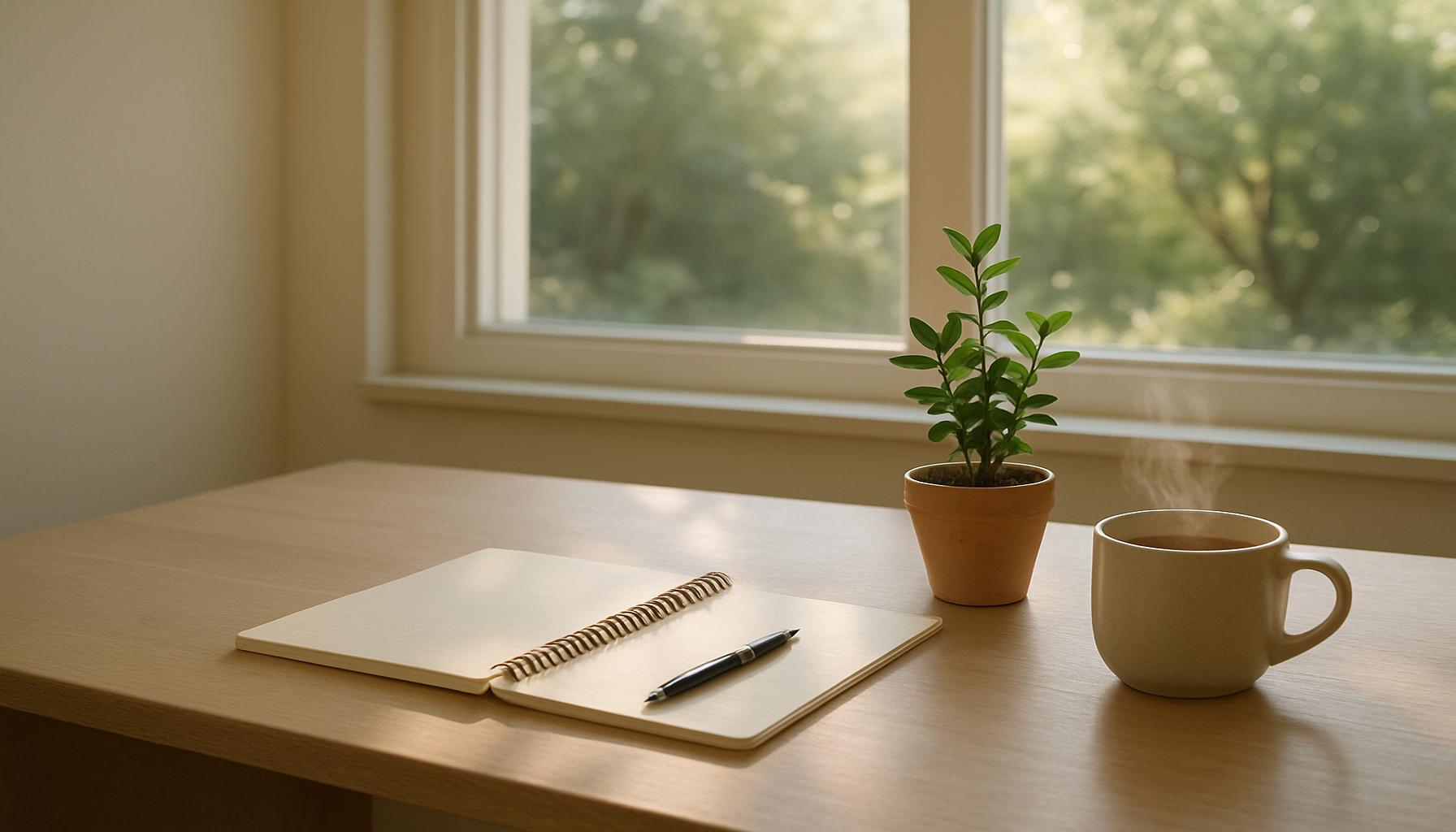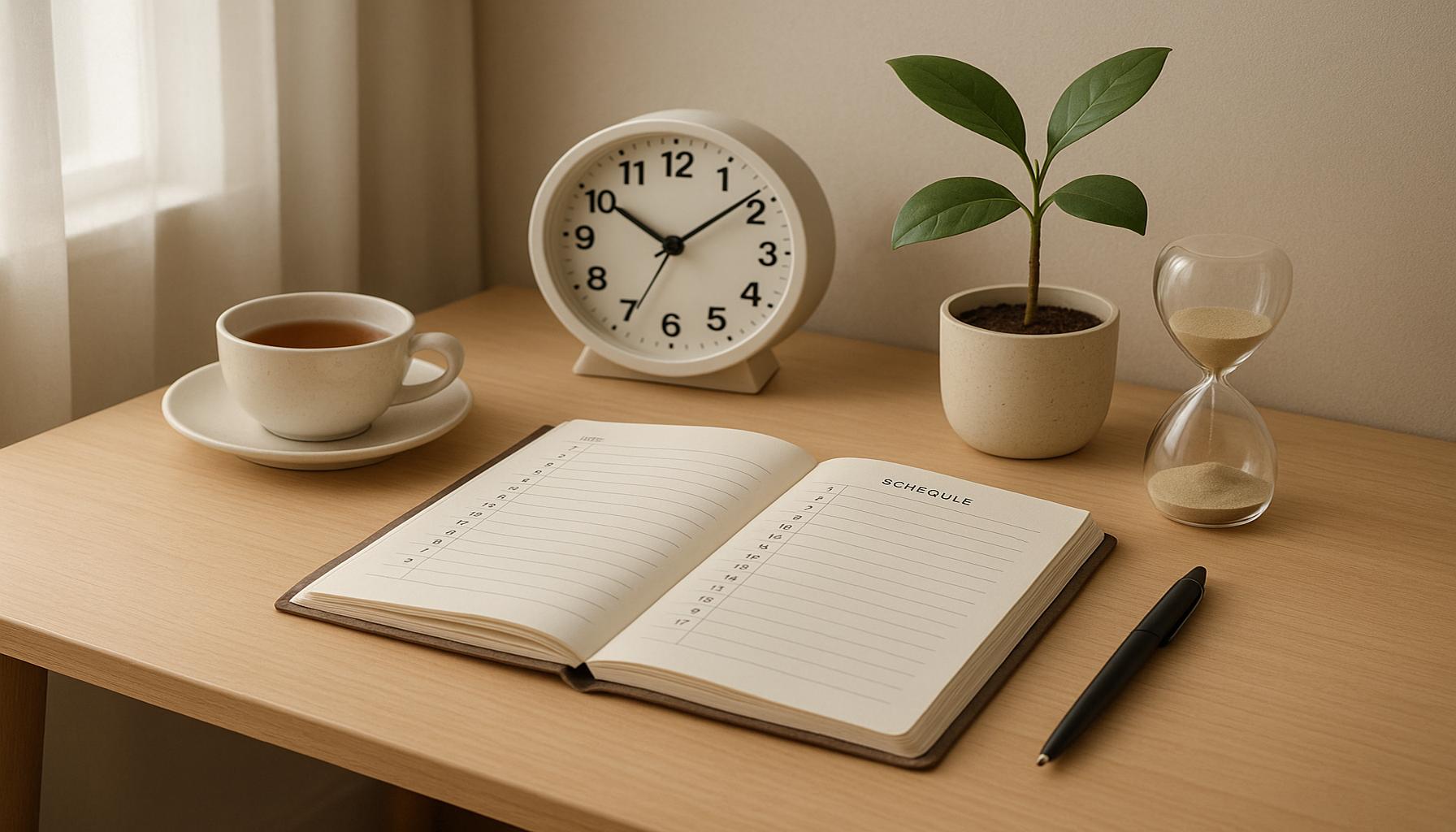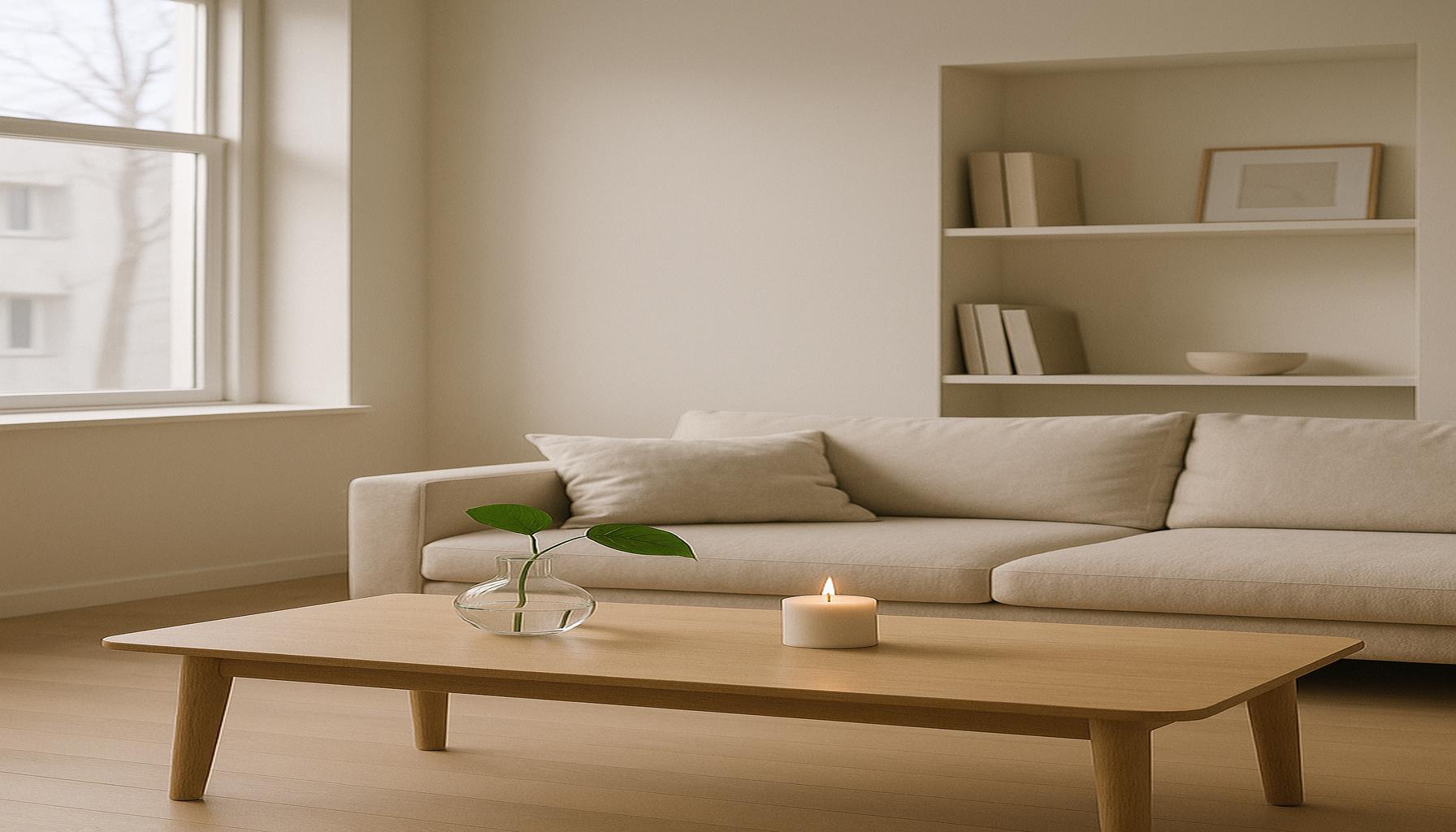The Aesthetics of Minimalism: How Intentionality in Decoration Can Transform Your Space into a Calm Refuge
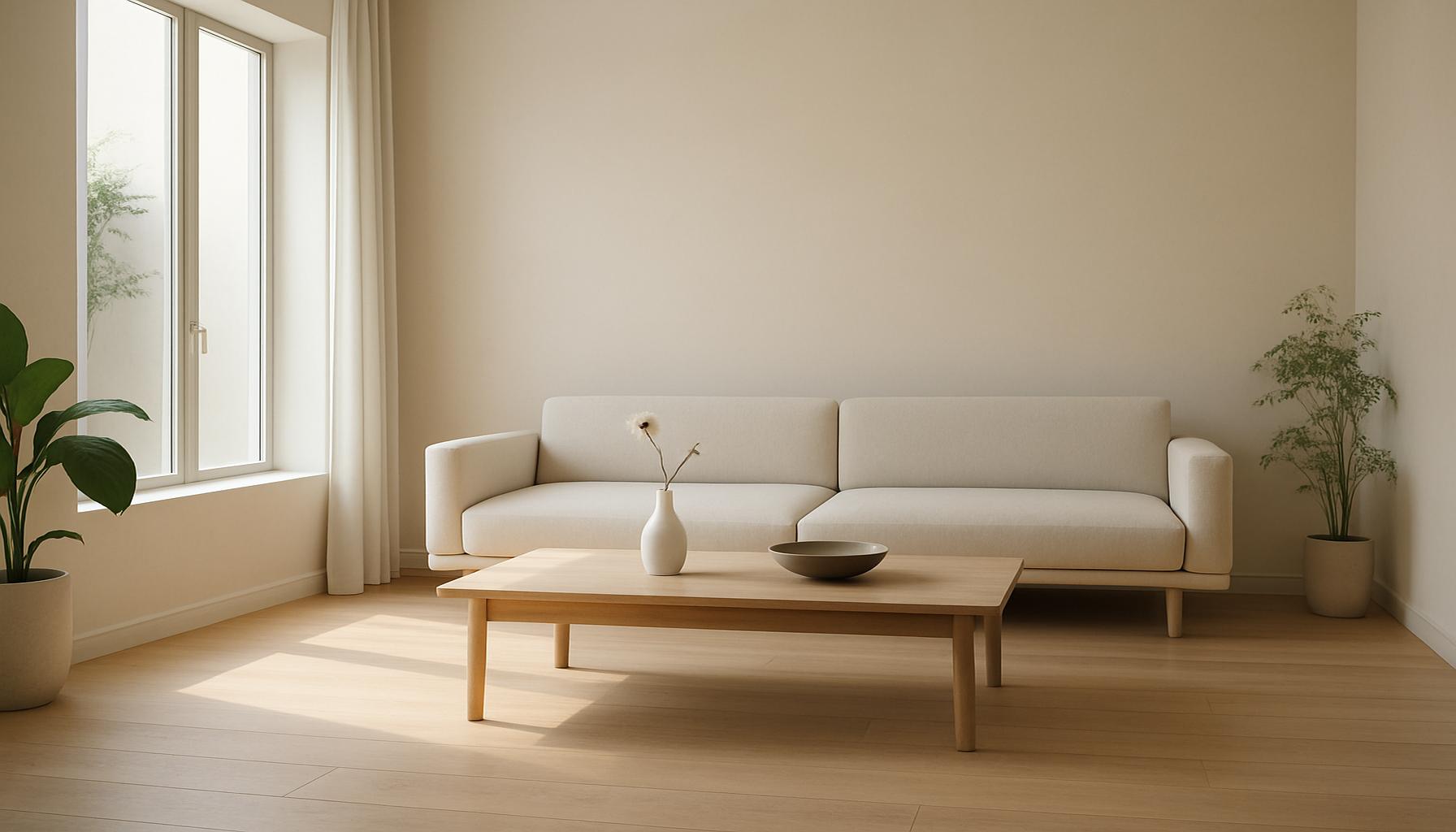
The Essence of Minimalism
The modern lifestyle often finds us ensnared in a whirlwind of incessant activity, both physically and mentally. In this environment, our homes can quite easily become overrun with objects and distractions, mirroring the turmoil of our daily lives. However, incorporating the principles of minimalism into our decor can pave the way for a calm and purposeful sanctuary. This approach allows us to curate our surroundings, ultimately leading to a more peaceful existence.
One pivotal aspect of creating a tranquil environment through minimalism is intentional decoration. This means crafting each space with consideration, avoiding impulsive decisions that can lead to chaos. Here are some fundamental elements of minimalist design to think about:
- Neutral Color Palettes: Utilizing soft whites, grays, and muted beiges sets a serene backdrop that promotes relaxation. For instance, a living room adorned with a pale gray sofa and white walls allows natural light to reflect, creating a bright ambiance that soothes the senses.
- Natural Materials: Incorporating materials such as wood, stone, and sustainable fabrics imparts an earthy quality to a space. Reclaimed wood furniture or bamboo textiles can add warmth while maintaining a clean aesthetic. Such elements remind us of the outdoors, fostering a deeper connection to nature.
- Functional Furniture: Choosing pieces that not only look good but also serve a purpose helps maintain order. For example, a coffee table that doubles as storage prevents clutter and keeps necessary items within reach, ensuring both comfort and practicality.
- Open Spaces: An uncluttered layout promotes free movement and enhances the sense of airflow. By arranging furniture in a way that allows for natural pathways, one can create an inviting environment that makes daily activities feel less restrictive and more fluid.
Beyond the aesthetic appeal, minimalism encourages a shift in mindset towards mindfulness. Simplifying your surroundings compels an individual to be more deliberate in their choices. This practice extends beyond home decor to daily routines and interactions, fostering a more intentional way of living.
As you embark on your journey into minimalist design, take a moment to reflect on how you can transform your living space into a calm refuge. Whether you’re keeping furniture to a minimum or seeking out a few meaningful art pieces, consider the profound impact that a thoughtfully designed space can have on your well-being. By embracing these principles, not only can you nurture a serene habitat, but you may also find clarity and peace in other aspects of your life, allowing for a holistic embrace of minimalism.
DISCOVER MORE: Click here to enhance your time management skills
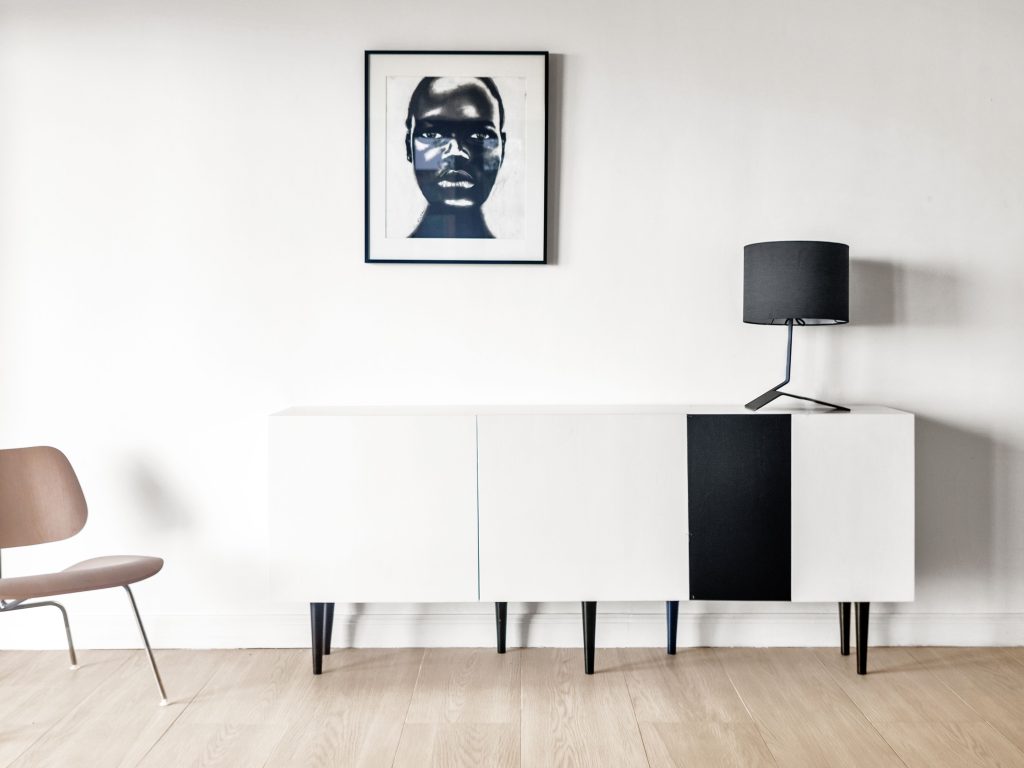
Key Principles of Intentional Decoration
To truly harness the power of minimalism in our living spaces, one must delve deeper into the key principles of intentional decoration. Each element chosen for a room should serve a specific purpose, invoke a desired emotion, or resonate with personal significance. This can greatly transform not only the look of a home but also how it feels to inhabit such spaces. By focusing on such principles, you can carve out a peaceful atmosphere hat nurtures well-being and tranquility.
One of the most recognized facets of minimalism is the adept use of space and light. A well-designed room maximizes natural light, creating an airy vibe that uplifts and energizes. Large windows, skylights, and reflective surfaces can work in tandem to enhance luminosity. When a room feels brighter, it can foster greater relaxation and openness. Likewise, strategic placement of mirrors can amplify light and create an illusion of expanded space, a critical aspect of minimalist aesthetics.
Furthermore, it is essential to consider the impact of decluttering. The process of continually culling unnecessary items can not only enhance the visual appeal of a space but can also promote mental clarity. According to a study by the American Psychological Association, clutter can cause stress and anxiety due to overwhelming choices and visual distractions. Therefore, creating zones where clutter is prohibited—such as a dedicated area for storage or carefully curated display shelves—becomes pivotal in fostering serenity.
- Intentional Sourcing: Select decor items that align with your values, such as seeking out local artisans or environmentally sustainable products. Each piece should resonate with you and tell a story, creating a more personal connection to your surroundings.
- Seasonal Adaptation: Embrace the beauty of seasonal changes by subtly rotating decor items. This practice not only keeps your space fresh and inviting but also allows for a dynamic environment that evolves, mirroring the world outside your window.
- Artful Piece Selection: Instead of filling walls with numerous prints and framing every sentimental piece, choose a few standout artworks. This showcases your tastes while preventing overcrowding and distraction, making each selection a focal point inviting appreciation.
In addition to physical elements, minimalism also encompasses an emotional landscape. Our surroundings profoundly influence our moods and mental states. By removing distractions and opting for simple arrangements, individuals can experience a more profound sense of calm. Spaces free of excessive decoration inherently invite serenity and introspection. Hence, as you examine each area of your home, ask yourself whether the items present contribute positively to your emotional state and overall well-being.
As you explore these principles of intentional decoration within minimalism, you may find that subtle changes can yield significant transformations. By integrating deliberate decisions in your decorating process, you create an environment that reflects tranquility, ultimately providing a refuge from the chaos of daily life.
| Advantage | Description |
|---|---|
| Enhanced Clarity | Adopting a minimalist aesthetic reduces clutter, allowing for clearer thought and focus in your space. |
| Calm Environment | Intentional decoration leads to a serene atmosphere, where each element contributes to a sense of peace and tranquility. |
| Functional Design | Minimalism promotes furniture that serves multiple purposes, thereby optimizing space and improving overall usability. |
The concept of minimalism intertwines deeply with the notion of intentionality in decoration. By selecting only the essential elements that resonate with personal values and needs, one can cultivate an ambiance that transcends mere aesthetics. Every piece of furniture, every hue chosen, contributes to the larger narrative of one’s living space, fostering an experience that is both authentic and restorative.Moreover, minimalism opens the door to ample opportunities for creativity. Design enthusiasts can explore various textures, shapes, and layouts without the distracting clamor of excess. With strategic selections, both functional and decorative, every space can become a personal haven tailored to promote relaxation and mindfulness. As you delve into the world of minimalist design, consider how the integration of calming colors and organic materials could enhance the sense of balance and harmony in your home. Each choice is not merely cosmetic but an intentional step toward achieving that tranquil refuge you’ve envisioned.
DISCOVER MORE: Click here to uncover expert tips
The Impact of Color and Texture
In the realm of minimalism, color and texture play pivotal roles in shaping the ambiance of a space. A minimalist aesthetic often relies on a carefully curated palette of muted tones, such as soft whites, gentle grays, and earthy hues. These colors promote a calming environment by creating a visual sense of tranquility and spaciousness. Notably, research indicates that certain colors can evoke emotions; for example, blues and greens tend to inspire feelings of serenity, while beige and soft browns create warmth and comfort. Therefore, choosing a color scheme that resonates with your personal sense of peace can profoundly affect your experience within the space.
Texture, often overlooked in minimalist design, is equally essential as it adds dimension and interest without cluttering the visual landscape. Incorporating a variety of textures—such as soft wool throw blankets, smooth stone sculptures, or rustic wood accents—can create a sensory experience that invites touch and enhances the overall aesthetic. It is this harmonious blend of colors and textures that elevates a minimalist space from stark to inviting, transforming it into a calm refuge.
Furniture Selection and Arrangement
Another key aspect of intentional decoration in minimalism is the selection and arrangement of furniture. Opting for multifunctional pieces, such as a coffee table with built-in storage or a sofa bed, can maximize space while minimizing clutter. When our furniture serves multiple purposes, it adheres to the minimalist principle of utility, making each piece more meaningful in its function. Additionally, the arrangement of furniture should encourage flow and interaction, offering a sense of openness and accessibility within the room.
An effective way to achieve this is by creating an open floor plan that promotes natural movement throughout the space. Ensuring that pathways are clear and unobstructed fosters a sense of freedom and comfort. This is especially pertinent in urban settings where space may be limited. Utilizing an arrangement that highlights sightlines and draws the eye to focal points can also enhance the minimalist aesthetic, making the space feel more expansive and inviting.
The Role of Nature in Minimalist Spaces
Incorporating elements of nature is a powerful way to enhance the minimalist experience. Bringing the outdoors inside through natural materials and plants can create a soothing connection with the environment. Materials such as bamboo, unfinished wood, and natural stone not only add texture but also promote a sense of grounding. Furthermore, houseplants can introduce a burst of life, improving air quality while simultaneously creating visual and emotional balance. The act of caring for plants provides a meditative ritual that can enhance one’s daily routine, cultivating mindfulness in a chaotic world.
Studies have shown that interactions with nature, even through indoor plants, can reduce stress and enhance feelings of well-being. In the context of minimalism, these natural elements can be displayed in simple, unadorned vessels that blend seamlessly with the surroundings, thereby underscoring the philosophy of simplicity while enriching the emotional landscape of your home.
Mindfulness in Every Detail
As you navigate the journey of minimalistic decoration, embracing mindfulness in every detail becomes vital. Approaching your space with intention entails being conscious of each item you bring into your home. Ask yourself questions such as, “Does this serve a purpose?”, “Does this bring me joy?” or “How does this enhance my environment?” By maintaining this mindful perspective, you will create a living space that thoughtfully reflects not just your style but also your personal values and lifestyle.
Through the lens of minimalism, your home can evolve into a sanctuary that fosters clarity, creativity, and calm—a true refuge from the bustle of modern life. By understanding the significance of color, texture, furniture selection, nature, and mindfulness, you can embrace the aesthetics of minimalism in a way that transforms your daily experience into one of serenity and intent.
EXPLORE MORE: Click here for minimalist strategies to enhance your productivity
Conclusion
In conclusion, the journey towards embracing the aesthetics of minimalism is transformative, capable of converting any space into a calm refuge. By prioritizing intentionality in every aspect of decoration—from the selection of colors and textures to the thoughtful arrangement of furniture—you can create an environment that speaks to your inner peace and values. The careful integration of nature brings an essential liveliness that complements the serenity of minimalistic design, reminding us of the importance of our connection to the outdoors.
As we navigate a world filled with distractions and chaos, adopting a minimalist approach allows for a reprieve that fosters clarity and mindfulness in our daily lives. It encourages us to not only declutter our physical spaces but also to examine the emotional resonance of each item we choose to include. By focusing on utility and joy, we invite a deeper purpose into our homes, turning them into sanctuaries that promote well-being.
A thoughtful minimalist design is more than just an aesthetic choice; it is a lifestyle that emphasizes simplicity, functionality, and tranquility. With this philosophy guiding your decorating decisions, you will not only enhance the visual appeal of your space but also enrich your overall quality of life. So, take the plunge into minimalism, and discover how intentionality in decoration can lead you to a serene, welcoming retreat that nurtures both body and soul.
